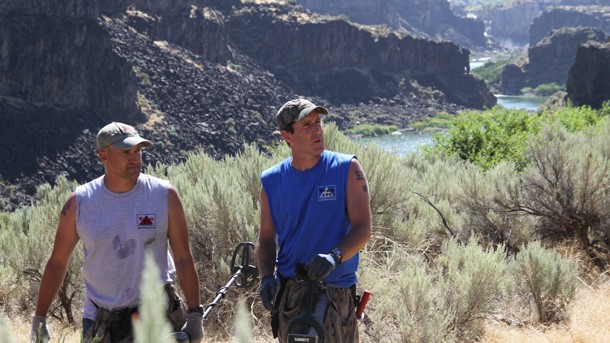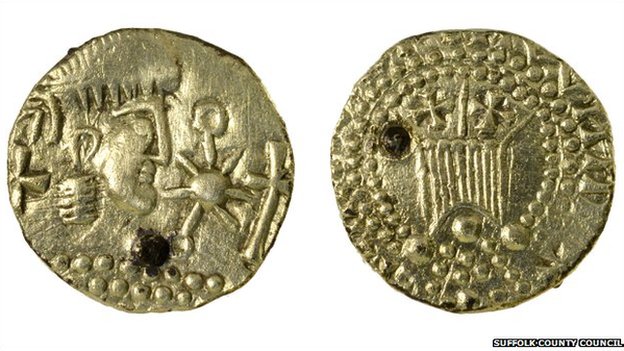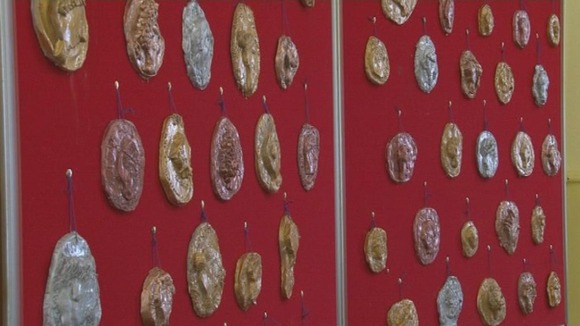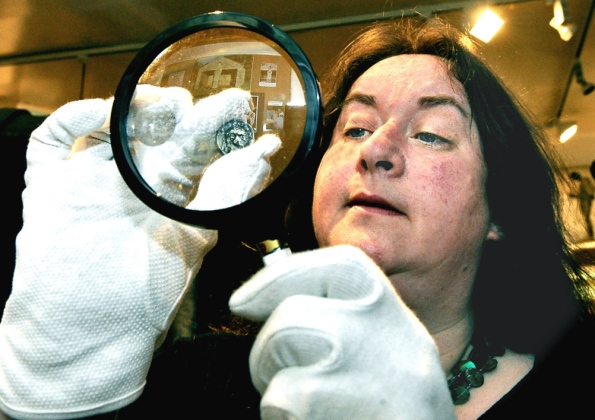The Synton Hill coins hoard was put on display at at Trimontium Museum in the Corn Exchange, Melrose on Friday 28 June 2013 and it will be available for the public to view until the end of October.
The hoard, discovered on Synton Hill near Ashkirk in 2011, consists of 228 Roman Coins worth £10,000
The coins, dating from the 1st to 2nd century AD, and depicting Roman Emperors from Vespasian to Commodus, as well as their wives and children, were found by Hawick metal detectorist Jim Middleton.
Jim Middleton said:
“At first glance they looked nothing special – encrusted with dirt, some stuck together and all the coins discoloured and green with oxidation. However, I thought they might include something interesting, so I gathered them all up for safekeeping in a takeaway tub while I sought further advice. They turned out to be extremely important and the rest, as they say, is history!”
The artefacts were awarded to the Trimontium Trust and Scottish Borders Council (SBC) by The Treasure Trove panel.
Trimontium Trust and Scottish Borders Council raised £11,000 to clean and display the coins in the Borders
Councillor Vicky Davidson, executive member for culture, sport, youth and communities said:
“The coins offer a fascinating insight into coinage produced under 11 of Rome’s emperors. It is very fitting that the Roman silver coin hoard is placed on display in 2013, as this year marks TrimontiumMuseum’s silver jubilee. I would encourage everyone to go along and see this silver hoard as a unique part of the Borders’ history and heritage.”
Fiona Colton of SBC Museums Service devised a clock-shaped display ‘tray’ with its fortteen compartments separating each Emperor’s coins.
Mr Donald Gordon, honorary secretary of the Trust said:
“This is a feather in our cap, so we’re really pleased, The gods are on our side.”
Jim Torrance, Councillor who represents the council on Trimontium Museum Trust’s board, said:
“I have followed the progress of acquiring and conserving the coins with great interest and I’m delighted to support the vital partnership between SBC’s museums service and TrimontiumMuseum to secure this important permanent addition to Roman collections in the Borders.”





